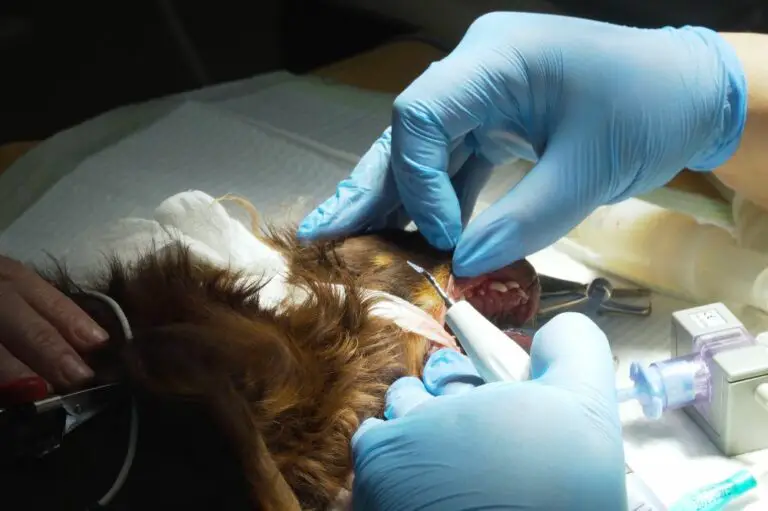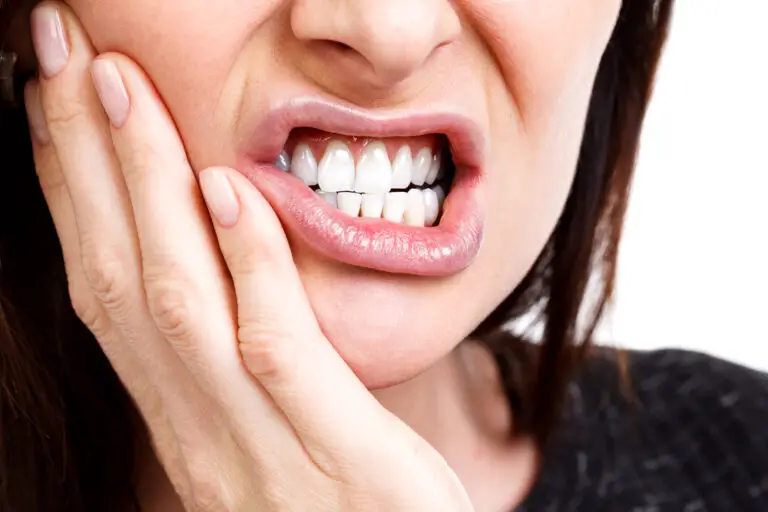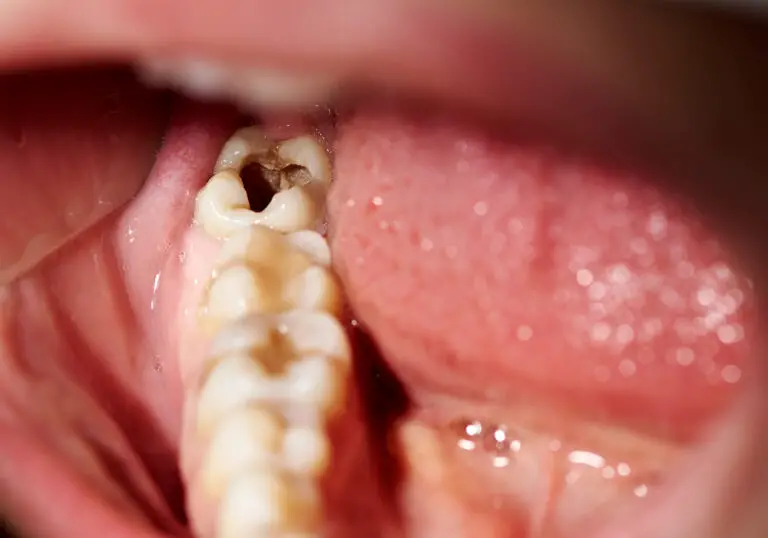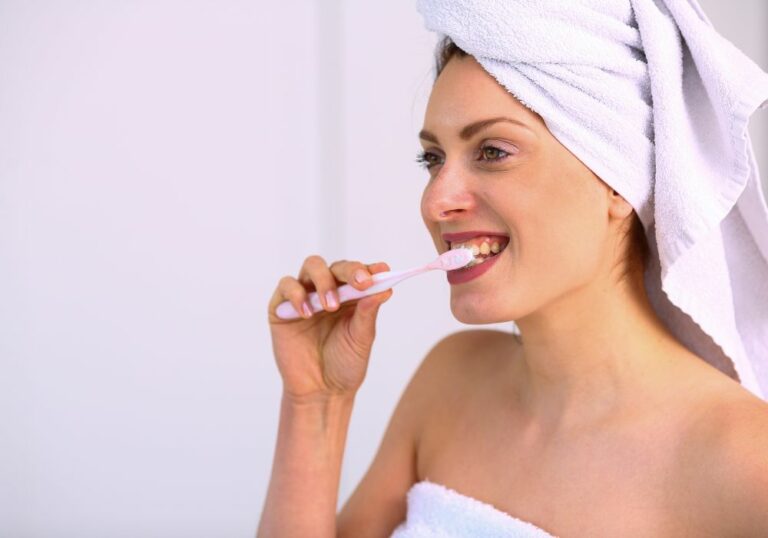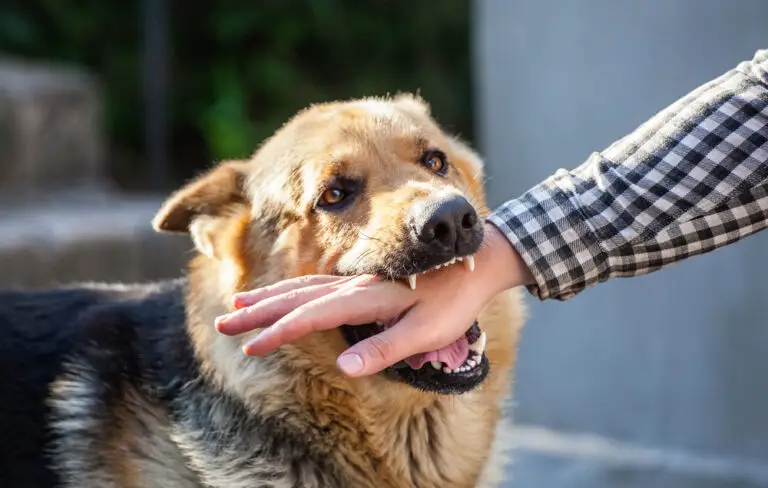Have you got an old dog with bad teeth? Does its breath smell bad or are the teeth in a visibly bad condition? This can be an overwhelming experience for a lot of us as many people don’t even realize that there are actually a lot of easy and simple things that can be done for an old dog with bad teeth. Instead, a common response is for a lot of people to just ignore the issue and think that this sort of stuff is “normal” and “natural”.
So, got an old dog with bad teeth – here’s what to do once you find out that’s the case as well as the main telltale signs that’d help you find it out in the first place.
Why do Dogs Need Dental Care and What Happens to Them if They don’t Get It?
Have you ever heard the saying “This dog is so old that it has human problems?” Of course, it isn’t true – the only reason a lot of health problems in dogs and people are similar is that we’re similar anatomically. However, modern veterinary medicine has indeed allowed us to help our best friends live up to old age the same way humans do and to have the same old age health problems as us.
This does include dental issues which get more and more common in both humans and canines past a certain age. Yet, have you noticed how few dog owners actually take care of their dogs’ dental health? Even amidst the age of information, a lot of us still assume that dogs’ dental health is something that just sorts itself out when that’s not at all the case.
In fact, an argument can be made that dental problems are much more significant and detrimental in dogs than they are in humans when left untreated. There are two main reasons for that – 1) dogs can’t verbalize their toothache as well as humans can and 2) many dogs have a strong instinct to hide pain as they perceive it as a sign of weakness.
This essentially means that dogs often live with nearly insufferable dental pain for years without their owners ever realizing it or doing anything about it.
Dental health problems that can befall your old pooch
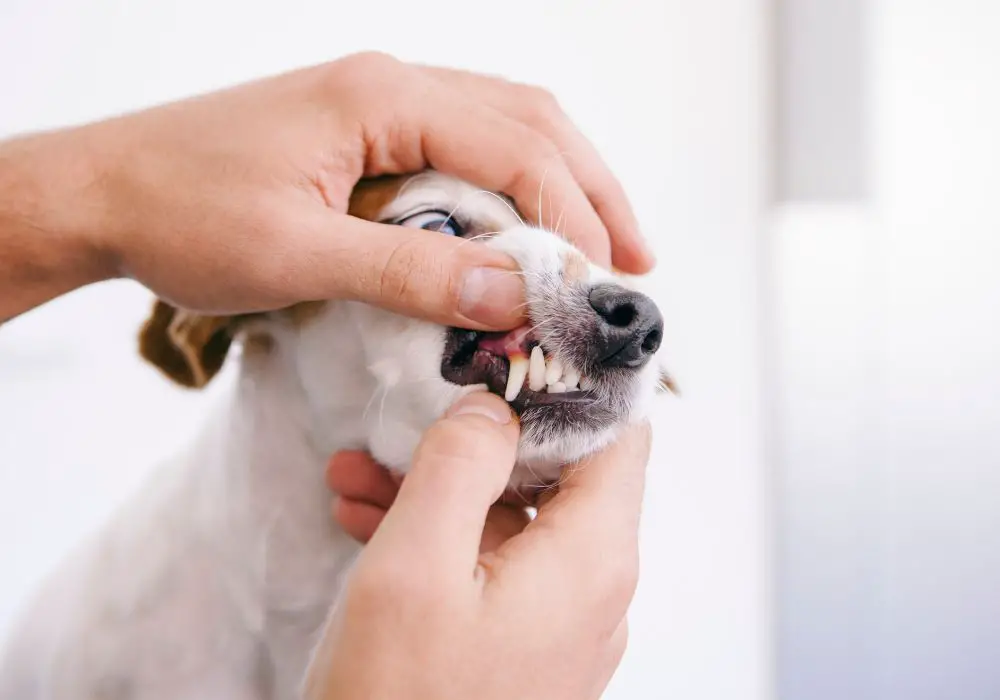
Older dogs – or even younger ones if their dental health has been ignored and/or they have had some unfortunate genetic predispositions – can develop a lot of dental health issues that are near-identical both in name and in practice to issues humans can experience. These include:
- Gingivitis
- Periodontal disease
- Cavities
- Tooth decay
- Liver, heart, and kidney disease as a result of infections formed inside dogs’ mouths
- Tooth root abscess – a bacterial infection that can reach the roots of dogs’ teeth
- Oronasal fistulas – pockets of pus due to bacterial infections that can lead to a draining tract from the sinuses into the mouth or an outright fracture in the jaw bones
These and many other types of dental diseases tend to plague canine seniors much more often than they do people because of how much less dental care dogs get. Even something as simple as plaque or bacteria buildup can cause a rapidly growing inflammation and infection in a senior dog that can spiral into a major problem before you know it.
This goes to show that dental health prevention is as critical for dogs as it is for people and we will indeed talk about good preventative measures below. If your old dog already has bad teeth, however, you’d need to do things:
- Notice the problem as soon as possible
- Schedule a trip to the vet immediately
The older the dog is and the poorer its overall health is, the less time you have to dilly-dally as the faster its dental issues are going to escalate. So, to make sure that you spot the potential problem as soon as possible, let’s go over the main symptoms of dental problems in old dogs next.
14 symptoms of gum disease and other problems in dogs
Do keep in mind that not all dogs will exhibit all of these symptoms. What’s more, some dogs can show certain rarer and seemingly unrelated symptoms based on their behavior, how they’ve been trained, and what their relationship with you is.
What’s worse is that a lot of dogs will intentionally try not to exhibit any of these symptoms or to do so in secret behind your back. This is due to an inherent instinct not to show “weakness” in front of other members of the pack.
Still, in the vast majority of cases, a dog that’s experiencing any dental discomfort will showcase at least one or a few of the following symptoms:
- Bad breath
- Plaque buildup near the gum line
- Drooling
- Reddish and swollen gums
- Gum bleeding
- Licking of the teeth and lips
- Occasional chewing on one side of the mouth
- Pawing at the mouth
- Loss of interest in chew toys
- Dropping food when eating
- Decreased appetite
- Weight loss
- Rubbing face in furniture or on the ground
- Irritability – moving away, growling, or even barking when petted on or around the mouth
If you notice any of these symptoms on a somewhat regular basis, it’s a good idea to take a trip to the vet just in case or to mention them the next time you visit.
Do keep in mind that a lot of these symptoms can be false positives or can be symptoms of other issues. For example, sometimes your dog will be chewing on one side because of an ear infection. Other times it will do it out of habit or because it has noticed that it receives more of your attention when it does so.
Either way, it’s better to go to the vet for a false positive than not to go at all and saddle your dog with a much greater problem down the line.
What to do If Your Old Dog Has Bad Teeth and What to do to Prevent Them in the First Place?
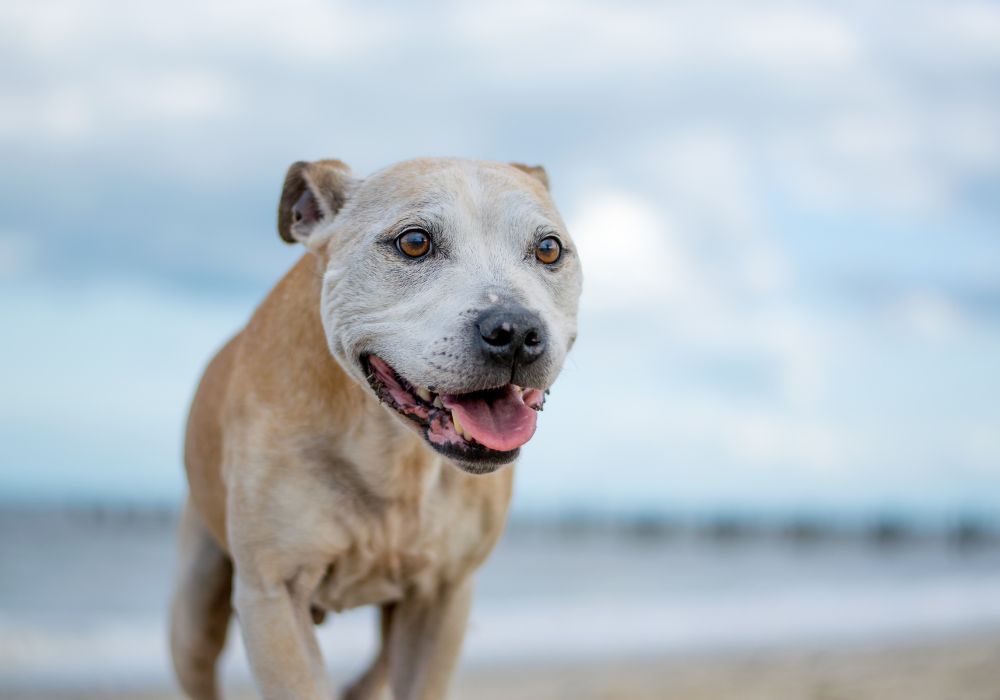
The quick and simple answer is to go to your vet and then do whatever the vet tells you to. Depending on the specific problem, the veterinarian will prescribe the necessary treatment and/or medications. This can often include antibiotics in the case of infections or dental surgery for more advanced problems.
Do make sure that you go to the right vet, however, as not all veterinarians are proficient in canine dentistry.
Of course, seeking a second opinion is always an option too but, generally, your vet should be listed to especially when it comes to older dogs as stuff such as X-rays or anesthesia can be riskier for them.
This is all the more reason to make sure that you prevent any issues from even arising in your dog’s oral cavity in the first place by utilizing proper dental care and prevention. How does this work, exactly?
- Brush your dog’s teeth – this can sound silly but you can easily get your dog trained to tolerate a toothbrush and the taste of canine toothpaste. Don’t use human toothpaste, of course, as it doesn’t have the right ingredients. Once you get your pooch used to the process, maintaining its oral health and removing plaque and tartar buildup should be easy.
- Use the right chew toys – canine dental chews are a significantly more effective and safer option for dogs than bones as the latter can break off into pieces and get stuck in the dog’s throat. With older dogs, there’s also the risk of breaking a tooth on a bone whereas chew toys don’t have such risks.
- Feed your dog a good, well-balanced diet – same as with people, a good mineral-rich and vitamin-rich diet is key.
- Feed your dog harder and more chewy food such as large dry kibble – there are also great dental treats that are both delicious and help remove plaque.
- Inspect your dog’s teeth and gums regularly – if you brush your dog’s teeth regularly, this can easily be done in the process.
- Get your dog to bi-annual vet check-ups
- Look into professional dog tooth cleanings
In Conclusion
Having an old dog with bad teeth often presents a puzzling dilemma for a lot of people, especially if you don’t have pet insurance and your budget is not in the best spot these days. Still, it is a pet owner’s obligation to take the best possible care of their dog – otherwise, why have the pet in the first place?
Fortunately, a lot of the things we can do both to take care of certain toothaches in old dogs and to prevent them in the first place are quite manageable – brushing, good food, chew toys, dental treats, regular check-ups, and the occasional medication or tooth extraction when something has come up.
Do those things and you’ll hopefully avoid some of the more costly surgical treatments that sometimes become necessary for older dogs.

